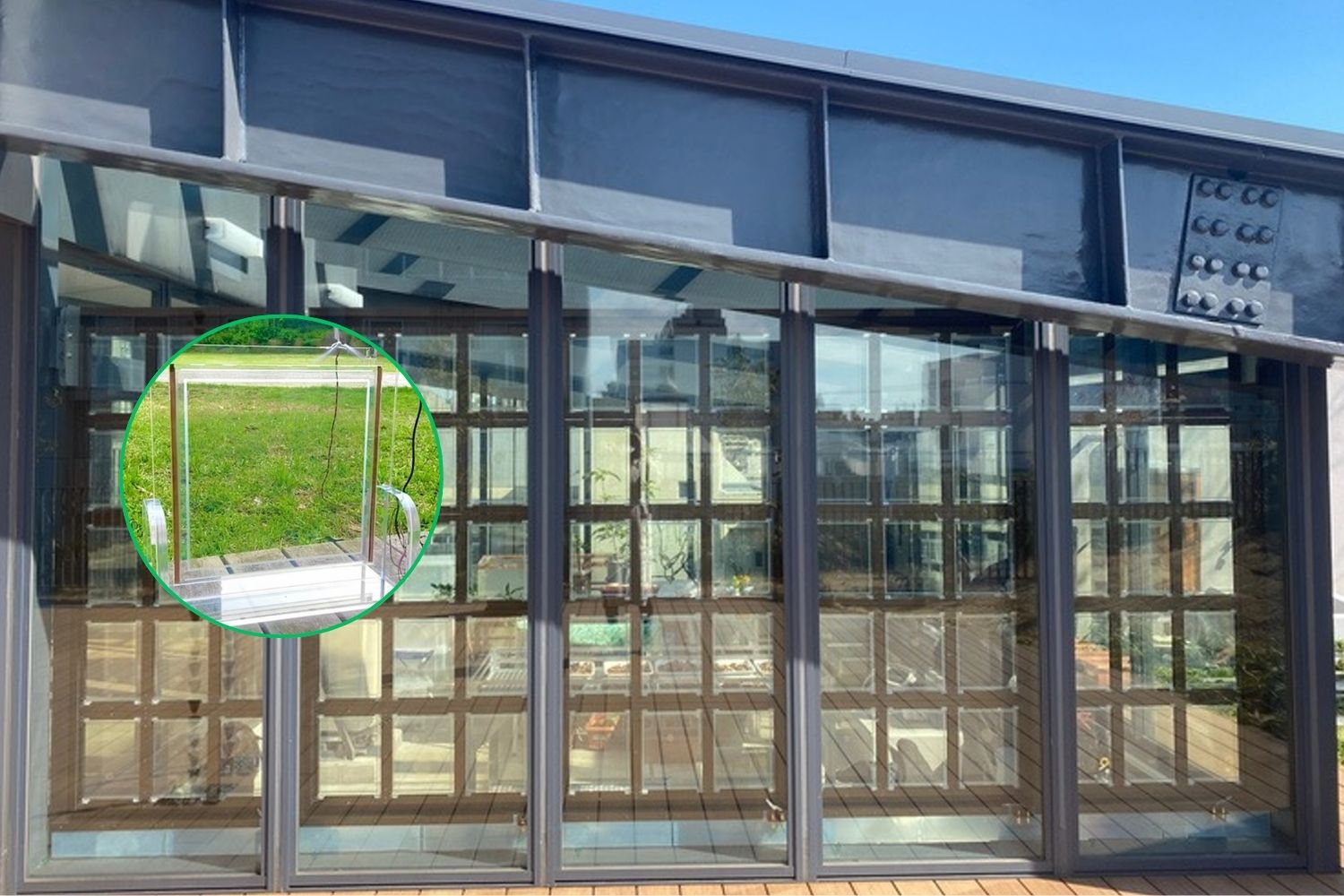The SQPV is a translucent solar panel designed to take advantage of the entire light spectrum, including UV and infrared rays, improving energy efficiency even in low light conditions. It is made with sustainable, recyclable and biodegradable materials, and can replace glass in windows, reducing energy consumption in buildings.

@inqs
We have regularly pointed out that the energy transition needs to be integrated into the urban environment. The aesthetic appearance of photovoltaic devices is not a minor issue but turns into a real driving factor for this technology. In the entire world, scientists and innovators are working on solutions which are more efficient and also visually more attractive. Recent innovations also include custom stickers to make the sleek, all-black solar panels more efficient and resilient, while photovoltaic shutters will produce energy to power air conditioners.
The latest from Japan introduces a game-changing technology: translucent solar panels that can become functional window glass, aptly named “solar glass.”
Very efficient energy production
By contrast, unlike traditional Si solar panels, the so-called SQPV is designed to convert a broad range of light into electrical energy, from UV to IR, rather than just visible light. It enables it to produce electricity even when it is subjected to artificial lighting or even cloudy conditions; hence, the energy efficiency is greatly improved. Furthermore, the SQPV can capture incident light from both sides, further optimizing the generation of electricity.
Thanks to its high-tech materials-encapsulating two “sheets” of solar panels between panes of conductive glass-this solar glass generates energy at an incredible rate. And with 75% visible light transmission, manufacturer inQs of Japan has ensured the panels allow for optimum natural lighting.
Sustainable, recyclable, biodegradable
Beyond efficiency, this solar glass stands out for sustainability: durable, recyclable, biodegradable, and with absolutely no greenhouse gas emissions. Its production relies on environmentally friendly materials that are readily available.
The SQPV has a wide range of practical applications. It can replace standard glass in windows, office facades, homes, vehicles, and greenhouses, helping to reduce energy consumption in buildings. Currently, inQs is testing these solar windows at Kaijō High School in Tokyo. There, the panels have demonstrated their ability to not only generate renewable energy but also enhance thermal comfort, cutting heating and cooling costs by up to 40%.
Source: inQs
